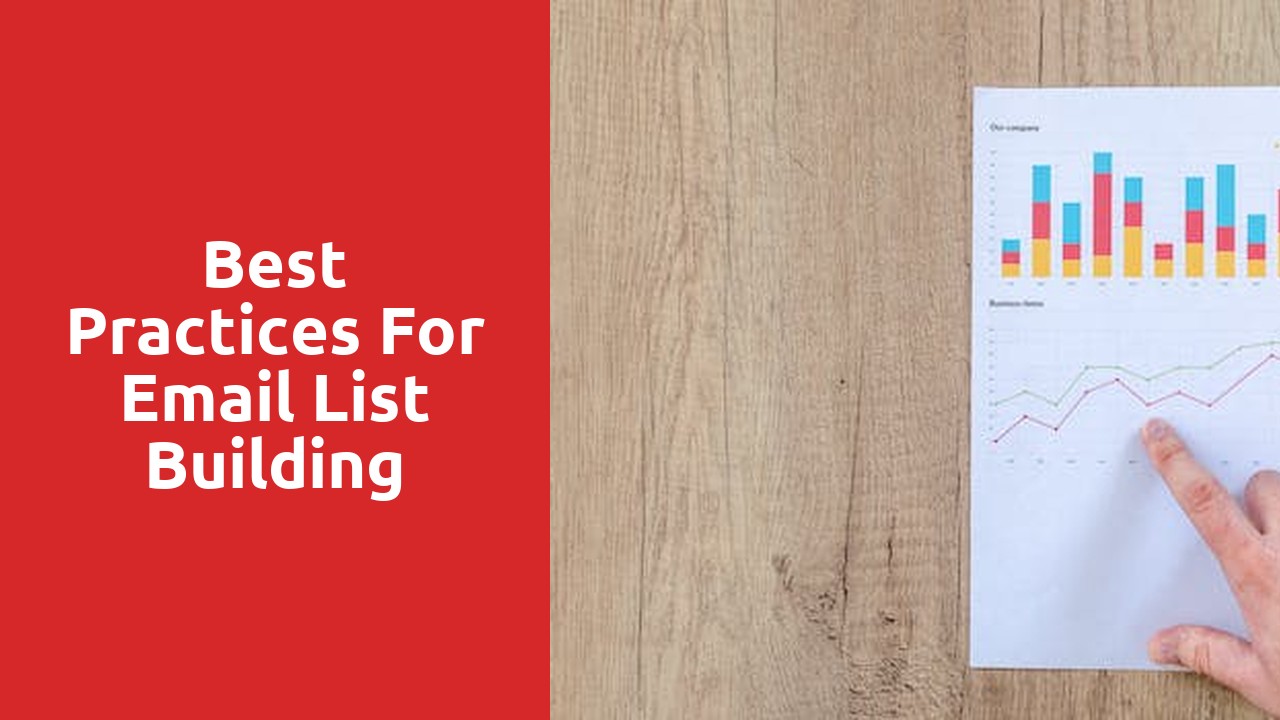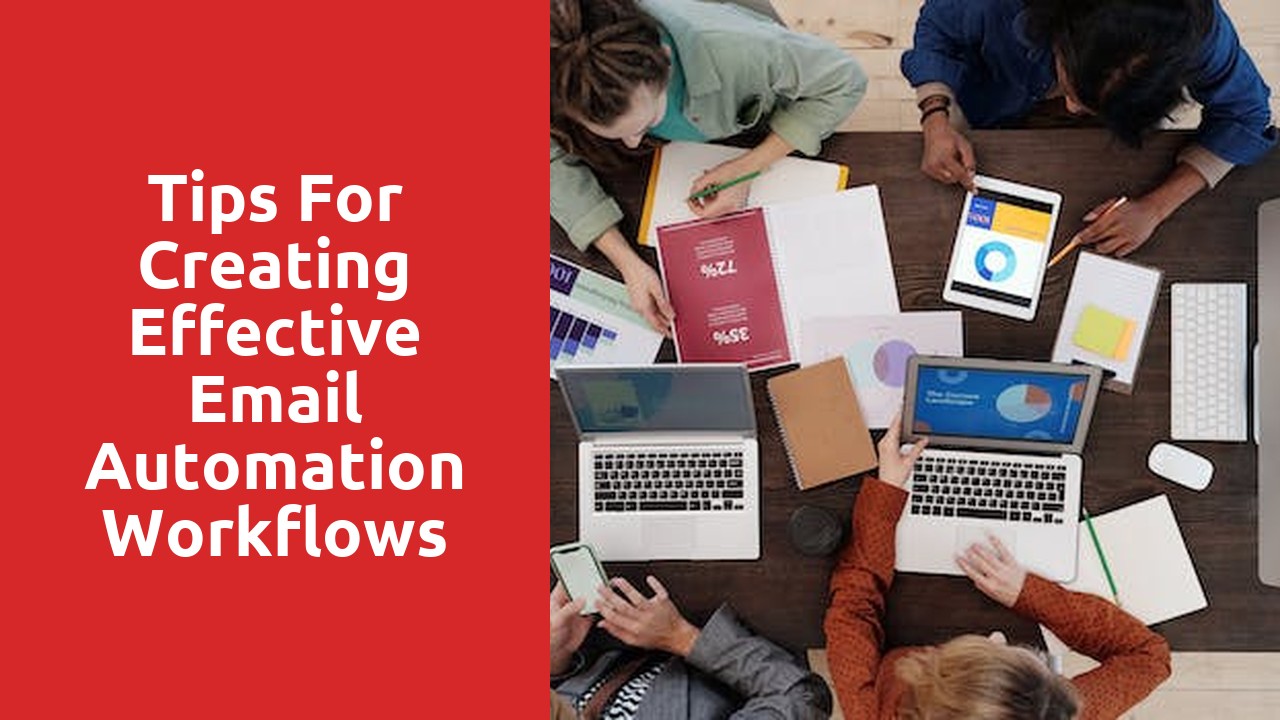Understanding Email Automation Workflows
Email automation workflows are an essential aspect of modern marketing strategies. These workflows streamline and automate the process of sending targeted and personalized emails to specific segments of your audience. By automating email campaigns, businesses can save significant time and effort, while also delivering more relevant and timely content to their subscribers.
One of the key benefits of email automation workflows is the ability to nurture leads and build relationships with your audience. Through a series of carefully planned and timed emails, businesses can guide prospects through the sales funnel, providing them with valuable information and offers at each stage. This not only increases the chances of conversion but also helps to keep your brand top of mind with your subscribers. By delivering the right content to the right people at the right time, email automation workflows can significantly improve engagement and drive revenue for businesses.
The Importance of Email Automation Workflows
Email automation workflows have revolutionized the way businesses communicate with their customers. Gone are the days of manually sending out individual emails, tirelessly crafting each message and hitting the send button one by one. With the introduction of email automation, businesses can now streamline their email marketing efforts, saving time and resources while still delivering personalized messages to their target audience.
One of the key benefits of email automation workflows is the ability to nurture leads and build strong relationships with customers. By setting up a series of automated emails, businesses can guide potential customers through the sales funnel, providing them with relevant information and valuable content at each stage. This not only helps to keep leads engaged, but also increases the chances of converting them into paying customers. With automation, businesses can easily segment their email lists based on different criteria, ensuring that the right message reaches the right people at the right time.
Identifying Your Target Audience
Knowing your target audience is crucial for any business or organization. Understanding who your target audience is can help you tailor your marketing strategies, communications, and products or services to better meet their needs and wants. By identifying your target audience, you can effectively reach and engage with them in a language and tone that resonates with them.
To identify your target audience, start by conducting thorough market research. This can involve analyzing demographics such as age, gender, location, and income level. Additionally, consider psychographics, which involve understanding the attitudes, interests, and behaviors of your potential customers. This information can be gathered through surveys, focus groups, and analyzing online data.
Once you have gathered data about your potential customers, analyze it to find patterns and commonalities. Look for trends or specific characteristics that define your target audience. This can include their preferences, needs, motivations, and challenges. This deep understanding will help you create targeted marketing messages that speak directly to your audience, using a language and tone that they will relate to.
Identifying your target audience is an ongoing process. As your business evolves and the market changes, it is important to regularly reassess and refine your understanding of your target audience. By staying connected to your audience and continuously adapting your strategies, you can ensure that you effectively reach and engage with the right people.
Defining Your Goals and Objectives
Setting clear goals and objectives is a crucial step in any endeavor. It provides a roadmap, guiding our actions and helping us stay focused on what truly matters. When defining your goals, it’s important to be specific and precise. Vague and general aspirations can often lead to confusion and lack of direction. By being clear about what you want to achieve, you are better equipped to make informed decisions and take purposeful actions. Remember, your goals should be challenging yet attainable, pushing you out of your comfort zone but also within the realm of possibility.
Furthermore, it’s essential to establish measurable objectives that support your goals. Measurable objectives allow you to track your progress and assess whether you are on the right track. They provide benchmarks that act as indicators of success or areas that require improvement. When setting objectives, consider using metrics that are specific and quantifiable, such as sales targets, number of clients acquired, or percentage of increase in productivity. Having measurable objectives helps in better understanding your progress and facilitates the necessary adjustments to reach your desired outcomes.
Crafting Engaging Email Content
Crafting Engaging Email Content requires a strategic approach that captures the attention of your audience and compels them to take action. One key aspect is to keep your emails concise and to the point. Your readers are often bombarded with numerous emails every day, so it is crucial to make your content easy to consume. Use short paragraphs and bullet points to highlight important information. This will allow your readers to quickly scan the email and grasp the main message.
Another important factor in creating engaging email content is to personalize your messages. Gone are the days of generic email blasts that treat every recipient the same. Take the time to segment your email list based on demographics, interests, or past interactions. This will allow you to send targeted emails that feel tailored to each recipient’s needs and preferences. Personalization not only increases the chances of your email being read but also enhances the overall customer experience, making your audience feel valued and appreciated.
By following these guidelines, you will be on your way to crafting engaging email content that resonates with your audience and drives results. Keep in mind that experimentation and analyzing the data will help you refine your email marketing strategy over time. Stay tuned for the next section, where we will discuss the importance of a compelling call-to-action in your emails.
Personalization and Segmentation Techniques
In today’s fast-paced world, personalization and segmentation techniques have become essential tools for businesses to effectively engage with their customers. These techniques allow companies to tailor their messaging and offerings to meet the unique needs and preferences of individual consumers, ultimately leading to higher customer satisfaction and increased sales.
Personalization involves collecting and analyzing data on customer behavior, preferences, and demographics to create a personalized experience for each individual. This can include personalized product recommendations, customized emails, targeted advertisements, and more. By delivering content and offers that are specifically tailored to the interests and preferences of each customer, businesses can enhance customer loyalty and foster long-term relationships. Additionally, personalization techniques can help businesses anticipate customer needs and provide relevant solutions, thus improving overall customer satisfaction.














